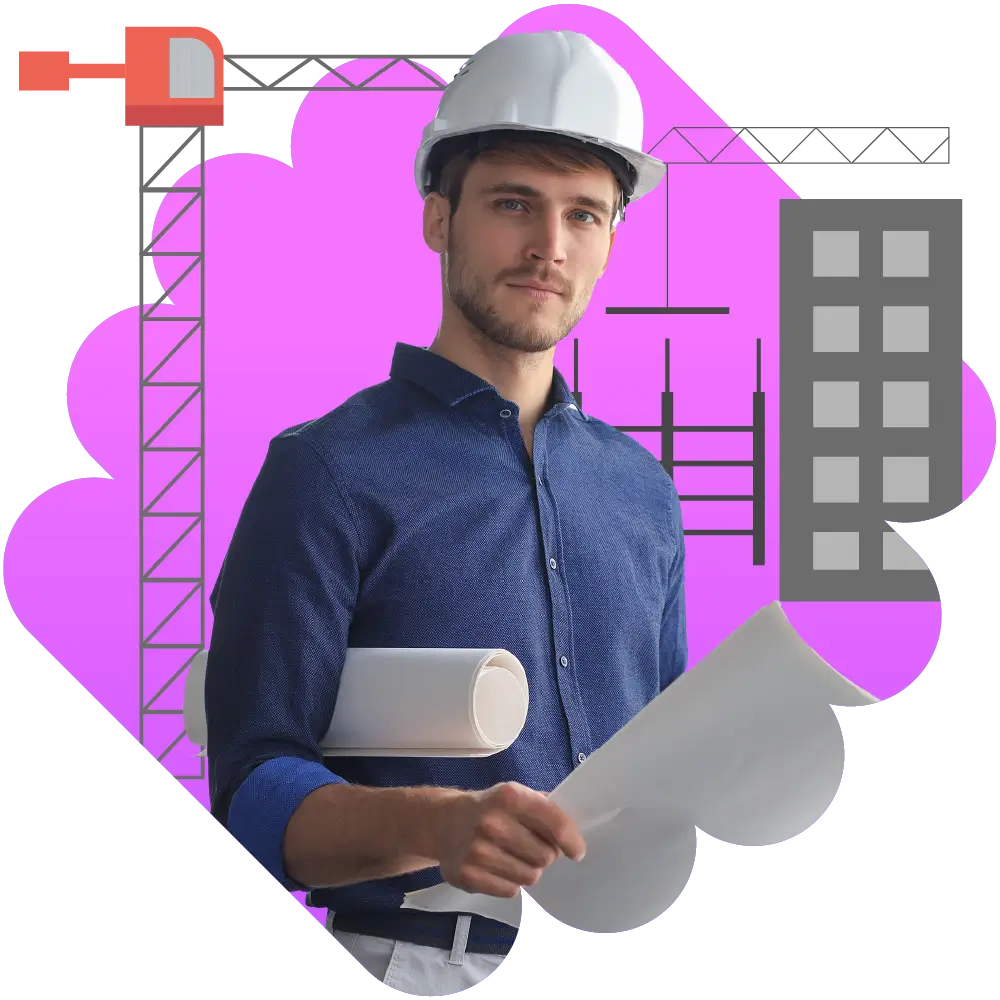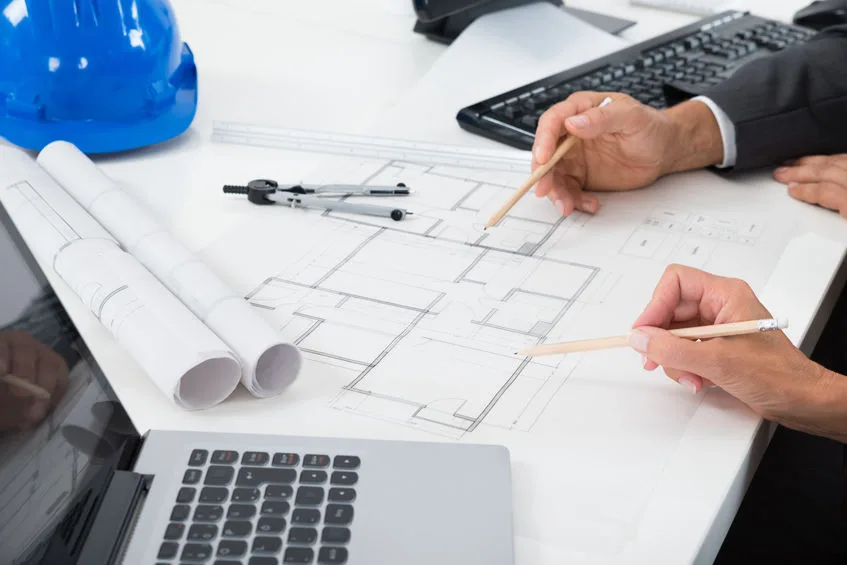The Duty of Sustainability and Technology in Modern Architect Practices
Sustainability and innovation are reshaping contemporary architecture in methods you could not expect. By welcoming environment-friendly materials and clever innovations, designers are not simply producing structures; they're crafting environments that improve our quality of life.
The Value of Lasting Architecture
Lasting architecture is necessary not just for the setting however also for improving our lifestyle. You're not simply reducing your carbon footprint; you're developing rooms that promote wellness and well-being when you accept lasting layout. Picture residing in a home that uses natural light, boosts air high quality, and reduces energy expenses. You'll really feel much more comfy and linked to nature.
Furthermore, sustainable architecture typically leads to more powerful communities. When buildings are created with eco-friendly practices, they can inspire others to follow suit, cultivating a society of sustainability. You'll discover boosted residential property worths and a higher sense of satisfaction in your surroundings.
Last but not least, by focusing on sustainability, you're buying the future. You're making certain that future generations delight in a healthier world and dynamic communities. So, when you consider your next project, consider just how lasting design can raise your life and those around you.
Innovative Products Transforming Building Practices
As you check out innovative products in architecture, you'll locate that naturally degradable construction products are reshaping just how we consider sustainability. Recycled material developments are offering brand-new life to waste, while smart material technologies improve building effectiveness. These advancements not just promote eco-friendliness however also press the borders of style.
Naturally Degradable Construction Products
While typical building and construction materials commonly add to environmental degradation, eco-friendly building materials are becoming a viable choice that changes building practices. You can discover options like bamboo, hempcrete, and mycelium, which not just reduce waste yet likewise promote sustainability. These products damage down normally at the end of their lifecycle, decreasing garbage dump payments. By incorporating biodegradable alternatives into your layouts, you're not just boosting visual appeal; you're likewise making a favorable effect on the world. And also, they usually require much less power to produce, even more decreasing your project's carbon impact. As you adapt to these cutting-edge materials, you'll discover that they offer durability and flexibility, allowing you to develop structures that line up with contemporary worths of sustainability and duty.
Recycled Material Developments
In recent years, cutting-edge products with high recycled content have actually reinvented building practices, supplying engineers interesting new alternatives - Architect. You can now incorporate products like recycled steel, which not only reduces waste yet likewise flaunts excellent strength. Recycled glass is an additional wonderful choice, giving aesthetic allure while reducing ecological effect

Smart Material Technologies
Smart product technologies are improving the method you think concerning developing techniques, providing vibrant solutions that adapt to transforming conditions. These ingenious products, such as self-healing concrete and thermochromic glass, enhance building efficiency and sustainability. Imagine structures that can adapt to temperature level changes or repair themselves when damaged-- these innovations are no more just principles. By incorporating wise products, you can develop energy-efficient layouts that react to their setting, reducing overall energy consumption. The ability to adapt and keep track of in real-time streamlines maintenance and extends the life expectancy of buildings. As you accept these innovations, you're not just innovating; you're contributing to a more sustainable future in style, combining capability with ecological obligation.
The Assimilation of Smart Technologies in Style
As innovation evolves, incorporating wise services right into building style ends up being vital for creating sustainable and efficient rooms. You can include wise innovations like building monitoring systems, which optimize energy usage and improve resident comfort. Sensing units can check ecological conditions, adjusting lighting and temperature level automatically based upon real-time information. This flexibility not only enhances user experience but additionally decreases power consumption.
Incorporating Web of Things (IoT) tools enables smooth communication amongst various structure systems, allowing you to make data-driven decisions that improve capability. Smart materials that react to environmental modifications can even more improve your layout, giving dynamic remedies to ever-changing conditions.
Power Effectiveness and Renewable Resource Solutions
While many engineers concentrate on appearances, focusing on power effectiveness and renewable power remedies is important for sustainable style. You can start by integrating easy solar style, which enhances natural light and warmth, reducing reliance on synthetic illumination and heating unit. Use high-performance insulation and energy-efficient windows to lessen power loss.
Don't forget renewable resource systems-- set up photovoltaic panels or wind generators to produce clean energy on-site. You can also consider incorporating geothermal heating and cooling down systems for an extra lasting temperature level guideline.
By choosing energy-efficient home appliances and lighting, you'll not only lower power usage however also lower functional prices for constructing passengers.
Integrating these principles right into your styles not only benefits the environment but additionally boosts the structure's charm and value. Ultimately, your dedication to power effectiveness and renewable energy will certainly establish your jobs apart in an open market.
Water Conservation Approaches in Modern Style
Integrating water preservation techniques right into contemporary architecture is essential for developing sustainable buildings that decrease ecological effect. You can accomplish this by integrating rain harvesting systems, which keep and collect rainfall for irrigation and non-potable usages. Carrying out low-flow fixtures and smart watering systems likewise reduces water intake, making sure effective use throughout the structure.
Consider making use of drought-resistant landscape design, which needs much less water and promotes biodiversity. Including permeable paving products allows rainwater to penetrate the ground, minimizing runoff and reenergizing groundwater supplies.
In addition, installing greywater recycling systems can repurpose water from sinks and showers for toilet flushing or irrigation, more preserving resources.
The Influence of Biophilic Design on Wellness
Biophilic layout brings nature indoors, and you'll discover its favorable effects on your health and wellness and happiness. By enhancing interior air quality and attaching you with natural environments, these spaces can transform your everyday experience. Allow's explore exactly how incorporating these attributes can enhance your total well-being.
Nature's Influence on Health
When you include aspects of nature right into your surroundings, it can greatly boost your mental and physical health and wellness. Biophilic layout, which highlights natural light, plants, and organic products, promotes a sense of connection to the outdoors. Welcoming biophilic style is a step toward a much healthier way of life.
Enhancing Indoor Air Top Quality
While lots of people concentrate on visual appeals and capability in design, improving indoor air quality plays a crucial function in your total well-being. Poor air high quality can lead to health and wellness concerns like headaches, tiredness, and respiratory system problems. By integrating biophilic layout elements, you can enhance air top quality naturally. Plants, as an example, not just improve your space however additionally filter toxins and enhance oxygen degrees. Making use of materials with low unpredictable natural compounds (VOCs) even more adds to a much healthier indoor environment. In addition, taking full advantage of all-natural air flow aids reduce indoor contaminants. Focusing on these facets in your design will not only raise read more your area however additionally advertise a sense of calmness and health. Inevitably, a concentrate on air quality is important for a healthy and balanced and lasting click here living atmosphere.
Connection With Natural Components
When you attach with natural components in your space, you not only boost its aesthetic allure but likewise significantly enhance your wellness. Biophilic layout encourages you to integrate features like plants, natural light, and natural materials. These components produce a relaxing atmosphere, lowering tension and anxiousness.
Future Fads in Sustainable Architectural Practices
As the globe faces pushing ecological challenges, engineers are increasingly accepting ingenious strategies to sustainability that redefine just how we design and build. You'll see a surge in biophilic layout, incorporating nature into urban areas to boost well-being and minimize power consumption. Smart innovations, like AI and IoT, are enhancing power management in buildings, enhancing source use, and lessening waste.
In addition, modular construction is gaining traction, permitting much faster, more effective building procedures while minimizing ecological influence. The use of sustainable materials, such as recovered timber and recycled steels, is becoming conventional technique. As you discover these trends, expect a shift toward circular style, stressing the lifecycle of products and advertising reuse and recycling.
These forward-thinking strategies not just address eco-friendly concerns but also create healthier, more resilient areas. By remaining notified regarding these trends, you can help form a sustainable future in architecture.
Regularly Asked Inquiries
Exactly How Can Sustainability Affect Project Spending Plans and prices?
Sustainability can considerably impact project expenses and budgets. You could discover that first investments in environmentally friendly materials or modern technologies cause long-term financial savings with power effectiveness, reduced waste, and possible government motivations, eventually stabilizing the general expenditures.
What Accreditations Exist for Lasting Design?
You'll find a number of qualifications for sustainable style, including LEED, BREEAM, and the Living Structure Obstacle. These accreditations aid you demonstrate your dedication to sustainability and can enhance your job's reliability and attract clients.
Exactly How Does Neighborhood Culture Influence Lasting Design?
Regional society shapes sustainable layout by reflecting neighborhood worths, products, and traditions. You'll find that integrating regional aesthetics and methods not only values heritage yet also enhances the performance and approval of your building tasks.
What Role Does Client Education Play in Lasting Practices?
Customer education and learning's important for promoting lasting techniques. When you educate more info customers concerning benefits, costs, and environmental impacts, you equip them to make educated decisions, promoting a collective approach that enhances the project's overall sustainability.

Just How Can Architects Measure the Success of Sustainability Efforts?
You can gauge the success of sustainability initiatives by tracking energy intake, evaluating material effectiveness, and celebration feedback from clients. Routine audits and contrasts versus benchmarks will assist you improve your approaches and showcase renovations properly.
By integrating wise materials, you can develop energy-efficient layouts that respond to their environment, minimizing total energy consumption.While numerous designers concentrate on visual appeals, prioritizing energy performance and eco-friendly power remedies is important for sustainable style. Biophilic layout, which stresses all-natural light, plants, and natural products, cultivates a feeling of link to the outdoors. Biophilic layout urges you to include attributes like plants, all-natural light, and natural products. As you check out these patterns, expect a shift toward circular design, highlighting the lifecycle of products and advertising reuse and recycling.
Comments on “Architect Guide to Green Building Materials”